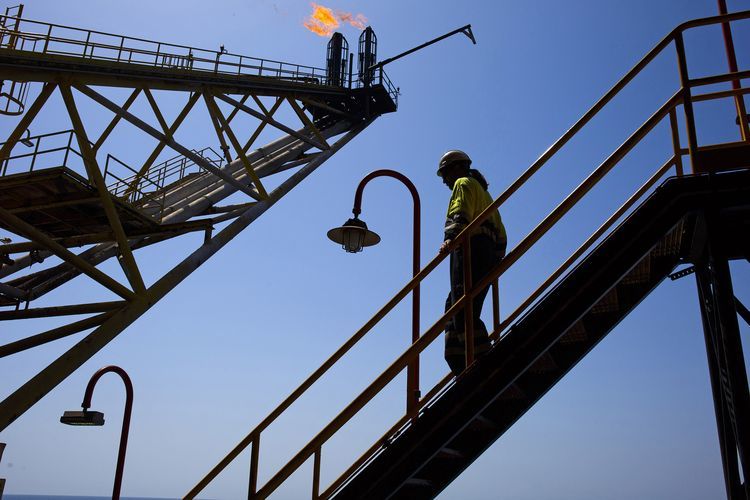
The oil price drop has been severe, with a profound effect on the industry. Almost every business is reassessing how it operates and looking for ways to respond – cutting costs and discretionary capex, all the while enhancing production volumes to keep their head above water.
Yet, the wholesale changes haven’t been matched by the anticipated wave of full-scale restructurings. Many upstream oil and gas groups were well hedged for 12-24 months when the crisis started – but that could finally be about to change.
At the beginning of the drop, many thought it would be a blip on an otherwise positive trajectory for the industry. Some took short-term bridging steps necessary to see them through to an expected recovery in the market, without anticipating what might lay further ahead.
However, whilst the timing and scale of an oil price recovery remains highly uncertain, we predict that it will remain range-bound at historically weak price levels for another 18-24 months. Although signs of supply and demand coming back into balance supported a rebound from the price trough experienced in Q1 2016, worldwide supply has remained robust and the enthusiastic re-entry of Iran into the world market is likely to keep production volumes up.
At the time of writing, the forward curve barely exceeds $60 per barrel of oil equivalent – even into the 2020s – and Reserves Based Lending (RBL) banks are running scenarios at $55 from 2018 onwards.
In that context, more fundamental restructuring appears inevitable, as the industry responds to a prolonged period of difficult conditions. Some of the challenges precipitated by the low oil price cut across the industry: shrinking covenant headroom, as the more positive times fall out of rolling last twelve months (LTM) calculations; liquidity pressure for those with higher debts; highly dilutive equity raising; and profound uncertainty around future financial performance.
Other challenges are specific to different segments of the industry. For majors, the impact is most likely to be on dividends: whilst only ConocoPhillips has cut its dividend so far, others may need to follow soon. Current IOC dividends are yielding around twice the market average.
Meanwhile, a number of medium-sized and larger E&P companies have debt maturity deadlines looming imminently, and they may struggle to refinance. This could force them to look at alternative options.
Smaller independent E&P groups face existential threats as hedges expire and production is sold at much lower rates for the first time. This will be particularly troublesome for those in higher cost regions such as the North Sea, chasing single-asset plays or with major development projects which still require funding.
Further down the supply chain we are seeing services companies suffer from reductions in overall E&P activity, particularly in areas like seismic and geophysical services. Offshore supply vessels and rig operators are currently in a perfect storm of deeply discounted day rates, falling utilisation and excess supply. Other services companies are having to contend with acute margin pressure as contracts come up for renewal in a new cost environment.
So, what can everyone do? Firstly, there are still self-help measures that can be taken, ranging from cost-cutting and working capital optimisation to capex prioritisation. The evidence of this can sadly be seen in the raft of job cuts announced over the past 12 months.
In trickier situations, chief financial officers (CFOs) may have to look to amend their existing debt facilities, raise new money and renegotiate or walk away from existing contracts with suppliers and counterparts. Some are already doing this.
Where their position is sufficiently severe, astute boards are moving early to instigate contingency plans. This includes reviewing specific businesses as targeted exits (including insolvencies), to ensure the health of a wider group.
Finally, M&A could provide salvation for some companies – a number of management teams are quietly investigating the possibilities of offloading assets via farm outs, joint ventures or even full sales. A handful of the world’s most sophisticated investors have set up well-capitalised investment platforms, alongside industry specialists as operating partners, to try to deploy high-risk capital into distressed situations. However, most buyers are wary in the current environment and all are seeking bargains from forced sellers.
Banks have remained supportive of the industry; so have many bondholders, to date. But as the crisis enters its third year, patience is wearing thin and the next few months could test their faith. Political uncertainty (notably Brexit and the US election) continues to compound worries around global growth and hence the prospects for oil demand. Whatever happens, more fundamental restructuring looks likely across the oil and gas market during the remainder of this year.
Michael Magnay is a partner of restructuring services for Deloitte, Scotland.
Recommended for you
